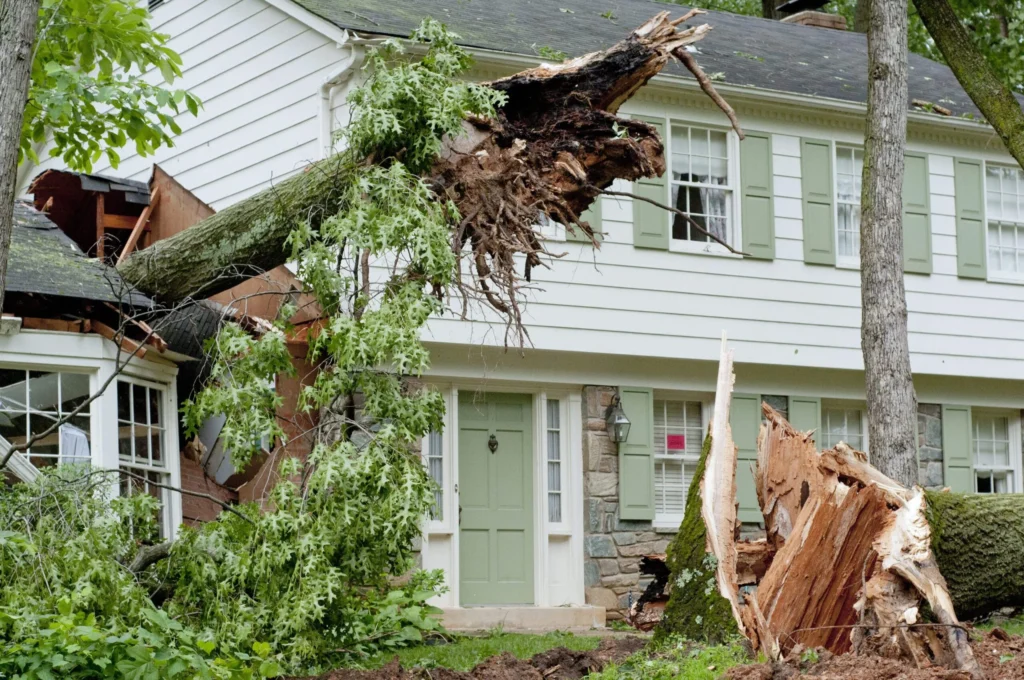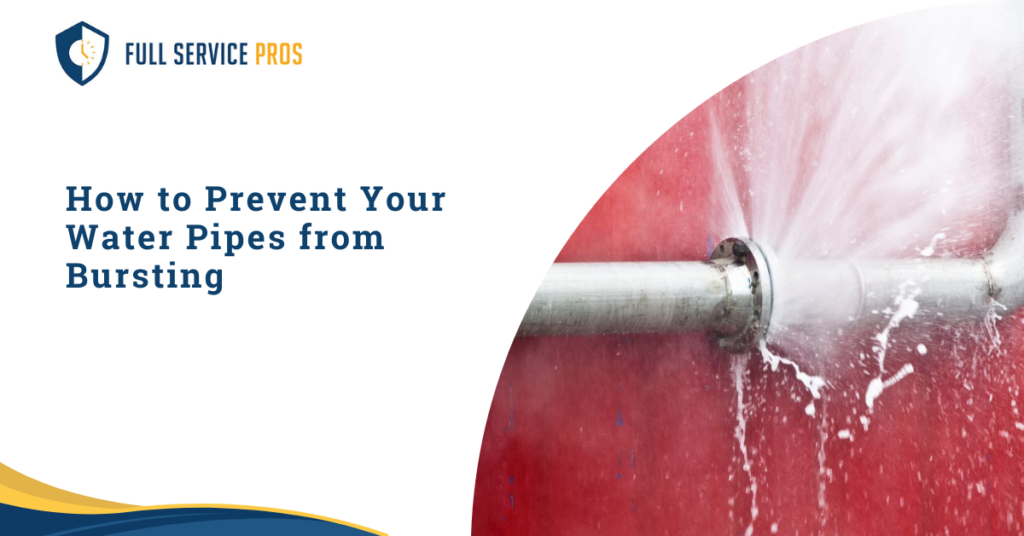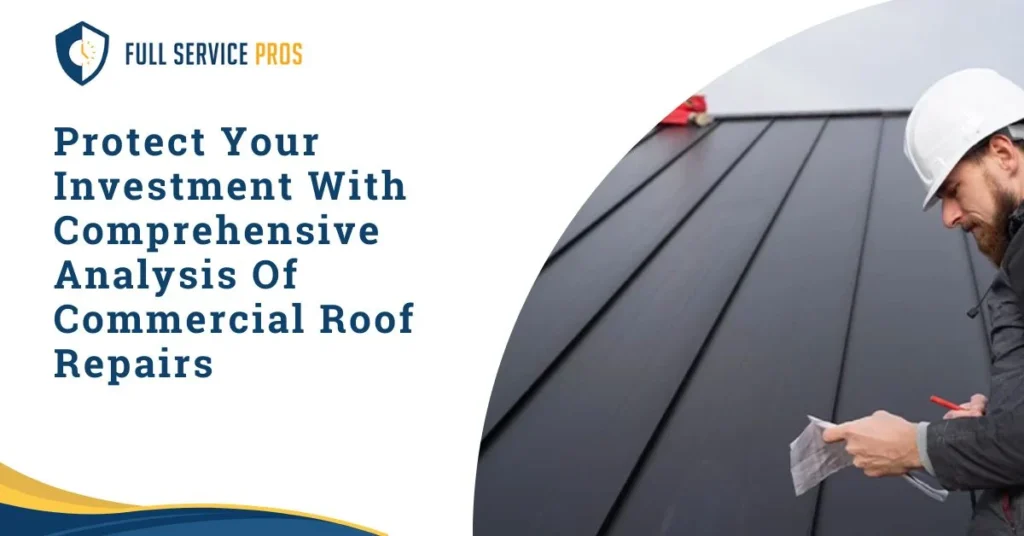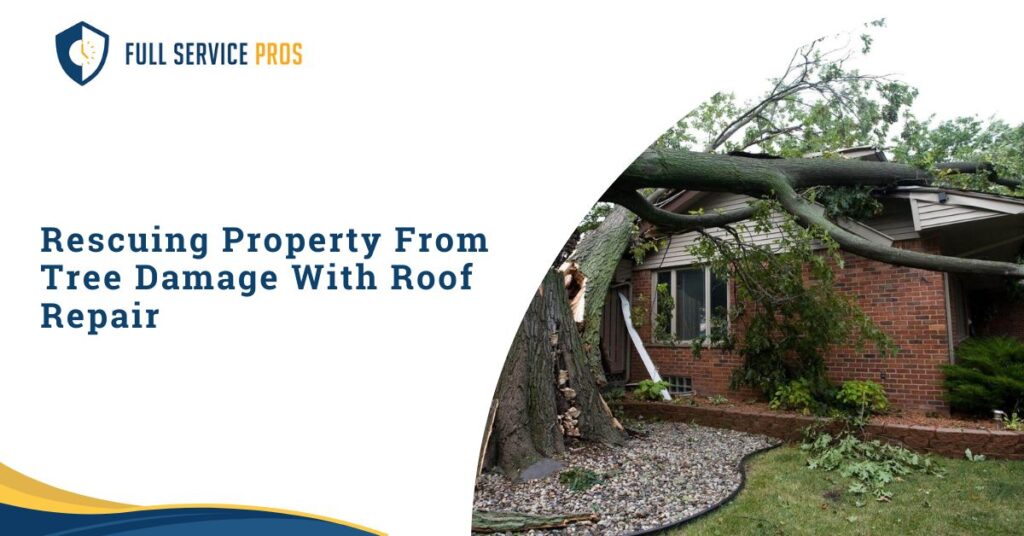The impact of tree damage on roofs poses significant threats to property safety, integrity and value. Whether it’s a residential haven or a bustling commercial hub the repercussions of a tree’s unintended assault on a roof can be far reaching and costly if left unaddressed.
This guide will help you understand the intricacies of Roof Repair Tree Damage. From the initial damage assessment to the implementation of preventative measures we’ll equip you with the knowledge and resources necessary to safeguard your property.
What Points To Consider For Roof Repair Tree Damage?
When addressing roof damage caused by trees several key points should be considered to ensure effective repair:
- Safety First: Before beginning any repair work, ensure the area is safe. This may involve removing fallen branches or debris from the roof and surrounding areas. If the damage is extensive or poses a safety risk contacting a professional roofer is best.
- Assessment of Damage: Thoroughly assess the extent of the damage caused by the tree. Look for signs of structural damage such as sagging or displaced roof decking and damage to shingles, gutters and other roofing components.
- Temporary Repairs: If the damage is severe and immediate repairs cannot be made consider implementing temporary measures to prevent further water infiltration. This may involve covering damaged areas with tarps or temporarily sealing leaks with roofing cement.
- Professional Assessment: It’s advisable to have a professional roofer assess the damage and recommend repairs. They can advise on the best action to restore the roof repair tree damage integrity and prevent future issues.
- Trimming Trees: Address any overhanging branches or limbs contributing to the damage. Trimming trees away from the roof can help prevent future damage and reduce the risk of similar incidents.
- Insurance Claims: If the damage is significant for Commercial Roof Repairs contact your insurance provider to file a claim. To expedite the claims process, provide them with the documentation and estimates from roofing professionals.
- Quality Repairs: Ensure that any repairs are carried out by experienced and reputable roofing contractors using high quality materials. Proper repairs are essential for restoring the roof’s structural integrity and preventing future problems.
- Preventive Measures: Once repairs are complete consider implementing preventive measures such as regular roof inspections tree maintenance and gutter cleaning to minimize the risk of future damage to Residential Roof Repairs.
How Does Tree Damage Affect Your Roof?
Tree damage can have various effects on your roof depending on the extent and nature of the damage. Here are some ways tree damage can affect your roof:
- Direct Impact: If a tree limb falls directly onto your roof during a storm or due to decay it can cause significant damage. Also this impact can break shingles on the roof surface or cause structural damage.
- Shingle Damage: Overhanging tree limbs can scrape against the surface of your roof, damaging the shingles. This can lead to loss, shingle deterioration and roof leaks.
- Gutter Damage: Falling branches can damage gutters and downspouts leading to water buildup and drainage issues. Clogged gutters can also cause water to overflow onto the roof leading to water damage.
- Mold Growth: Shaded areas of the roof, caused by overhanging tree branches can promote the growth of moss, algae and mold. This growth can deteriorate the roof surface and lead to moisture problems.
- Water Damage: Leaves, twigs, and other debris from overhanging trees can accumulate on the roof surface and in gutters. This debris can trap moisture, promote rot, and create a breeding ground for pests. Moisture trapped by fallen leaves or branches can promote mold and mildew growth, so it’s important to know the Water Damage Restoration Steps.
- Risk of Pest Infestation: Trees close to the roof can provide easy access for pests such as squirrels, raccoons, and insects to enter your home. These pests can cause further damage to the roof and interior structures.
- Structural Damage: In extreme cases large trees growing close to the house can risk falling onto the roof during severe weather events. Also this can result in extensive damage to the roof and potentially compromise the structural integrity of the entire building.
Full Service Pros is ready to confront the challenges of roof repair tree damage and offers solutions to your specific needs.
By entrusting your roofing woes to Full Service Pros you’re not just investing in repairs; you’re investing in peace of mind knowing that your property is fortified against the whims of nature and the passage of time.
FAQs
Repair costs vary based on the extent of the damage, materials, and accessibility. Minor repairs might cost a few hundred dollars, while major damage could run into several thousand.
Yes, regularly trim overhanging branches, prune dead ones, and install gutter guards to reduce debris accumulation and water backup risks.
The repair time depends on damage severity, material availability and weather. Minor repairs might take a few days while major ones could span weeks.








